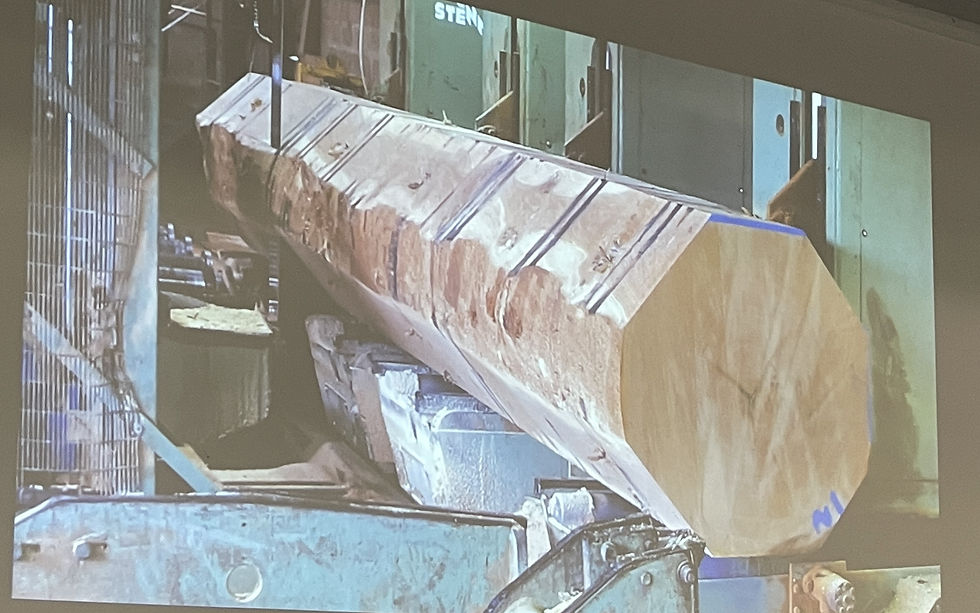Abbeydale Water Wheel - South Yorkshire Industrial History Society
- Simon Hollis

- May 22, 2023
- 2 min read

The last talk in the Winter lecture series of the South Yorkshire Industrial Heritage Society’s programme was given by Eddie Foster, Head of Historic Engineering at Sheffield Museums on the restoration of the water wheels at Abbeydale Industrial Hamlet.

Water wheels in Sheffield were part of the driving power behind the City’s industrial revolution before steam and eventually, electricity took over. The manufacturing they enabled saw the City establish its reputation for manufacturing excellence in tools, knives and flatware.

There have been works on the site at Abbeydale since the 13th century and scythe making continued on-site until the 1933 (by Tyzack Sons and Turner). The works are unusual as bar the rolling which took place at Totley, much of the production process took place on the site where as in other works at the time, the item being made would travel to several different works for each stage of the production process. The wheels were repaired in the 1960’s, 80’s and 90’s and following a ten-year idol period, once again needed major work. In 2013, a Heritage Lottery Fund grant enabled design and engineering work to begin to replace the water wheel shafts, some spokes and boards so that the wheels could once again mesh into the gears/cogs and power the works.

Photo 1 – overview of the buildings at Abbeydale Industrial Hamlet.
Photo 3 (above) – the engineering and logistics drawings for the replacement shafts.
Photo 4 (above) – the 19’ section of Oak tree being cut into a hexagonal drive shaft at the timber suppliers.
Photo 5 (below) – overview of the Tilt Shop

Photo 8 (below) – overview of the Grinding Hull

Photo 9 – the mill pond drawn from the River Sheaf

The photos taken at the Hamlet were from Eddie’s last talk in August 2022 where we got to see the engineering in action.
Tilt Shop (1785) – staffed by a Forge Master, Heater Lad and Hammer Man who forge welded crucible steel sandwiched between two pieces of iron bar. The steeling hammer strikes this sandwich 126 times a minute to forge weld the sections together, drawing them out into a ‘string’. The slower plating hammer is then used to work the string into its final scythe shape.
Grinding Hull (1817) – home to up to six Scythe Grinders straddling horsing’s over water powered grinding wheels. The scythe blanks coming from the Tilt Shop get worked side-to-side, backwards and forwards to put a sharp edge on the scythe blades.





Comments